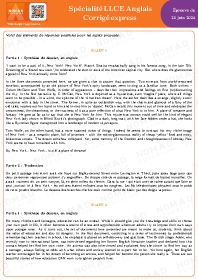Art has often sparked controversy. Books have been banned or censored. Artists have even, in some cases, been jailed and their works destroyed. Museums have had public funding withdrawn because exhibits were deemed offensive. Many artists throughout history have felt it essential to challenge society's norms and standards, thereby testing the limits of freedom of expression.
Art historians point out that works, which were considered to be scandalous and caused a stir decades or centuries ago, no longer shock modern audiences. Artists who were once criticized are now universally acclaimed for having been able to think outside the box.
For example, nowadays no one disputes the literary merits of Lolita (1954) by Vladimir Nabokov. Yet, when it came out the novel was banned in several countries including Britain, France, Australia and other places.
J.D. Salinger's novel The Catcher in the Rye (1951), which was hailed in The New Yorker magazine as a "brilliant, funny, meaningful" book is banned in many schools. Yet, today it is still a best seller.
In 1960, when Penguin Books tried to publish D. H. Lawrence's novel Lady Chatterley's Lover, which had been written in 1928, they were taken to court. They were charged with publishing an obscene book but eventually won the case and were allowed to sell the novel.
Tracey Emin's iconic work "My Bed" (1998), which was at first described by many critics as distasteful, recently sold for over $2 million.















